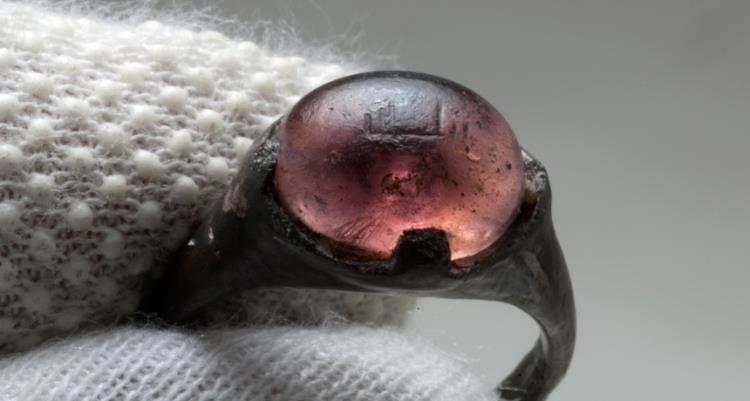Vikings Had Contacts with Muslim World

Discovered nearly two centuries ago in a ninth century woman’s grave, the ring was thought to contain a smooth, engraved piece of violet Amethyst. With the help of an electron microscope, however, biophysicist Sebastian Wärmländer of Stockholm University and his team of researchers were able to determine that it is colored glass inscribed with the words “to/for Allah.”
Between the ancient Arabic writing and the popularity of the commodity among Arabic traders of the time, there is now little doubt that the seafaring Vikings made contact with Islam near its so-called Golden Age — a time of mathematical progress and spellbinding mosques — where before only rumors existed in sporadic textual references.
But simply reaching a Scandinavian grave does not alone prove that the two groups were in contact. There is always the possibility that the ring passed through different hands before reaching its ultimate resting place in a Viking grave.
To that dilemma, researchers point to the fact that there is essentially no sign of wear, particularly to the original filing marks made by the silversmith who crafted the ring. Had it passed through various owners, it is likely the ring would have had sizing modifications or other visible signs of wear accrued from an indirect passage.
What is yet unclear is whether or not the Vikings stumbled upon the domain of Islam or if the reverse was true. Experts on the subject maintain that runic Norse texts only reference a pair of Arabic visitors as having ever reached Scandinavia (by way of Spain), whereas appearances of Vikings in Arabic texts are much more prevalent.
As many already know, the Vikings were a seafaring type who ventured off into the far reaches of the world, stumbling upon the Americas some 500 years before Columbus ever got credit for the discovery (that he never even actually made).



